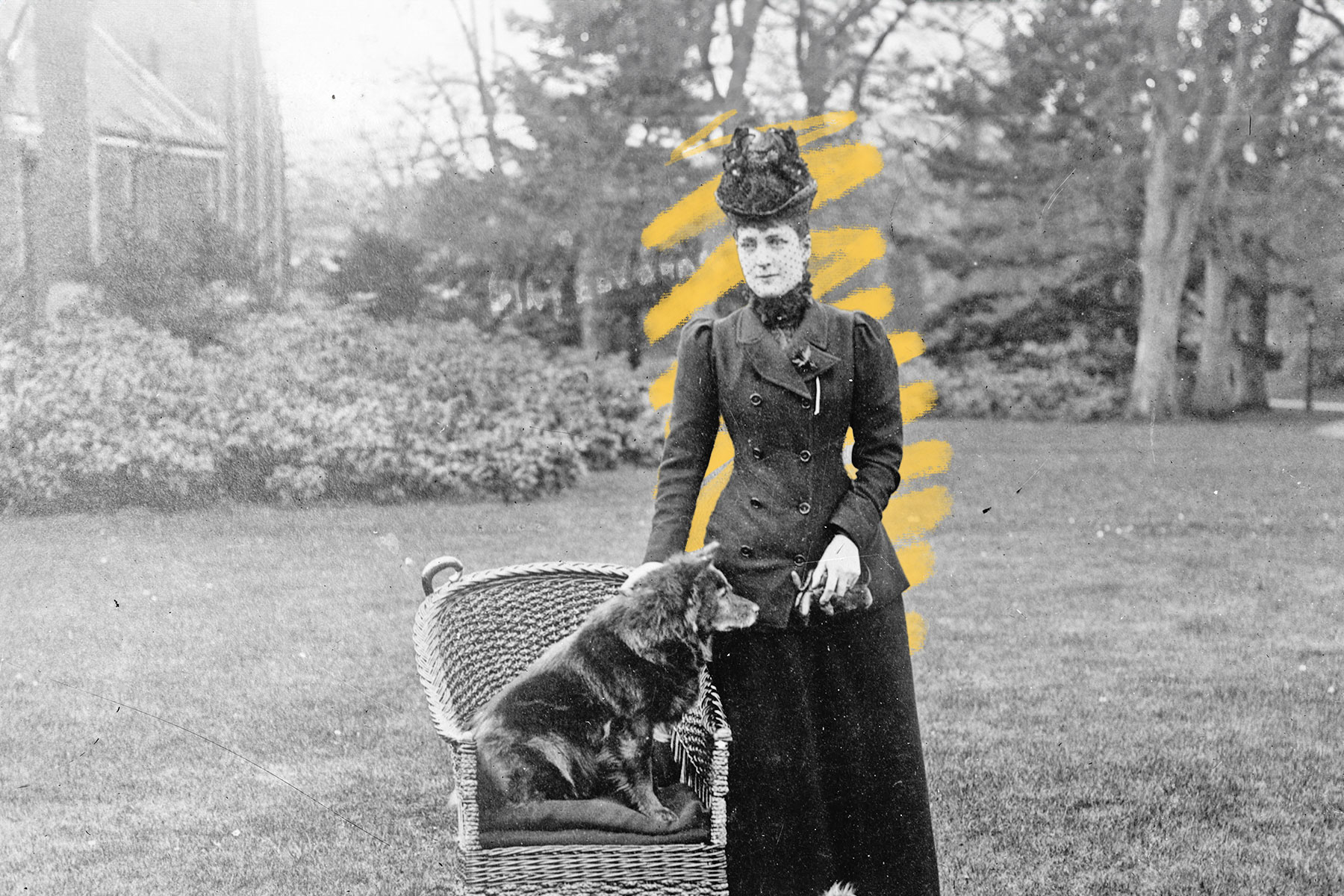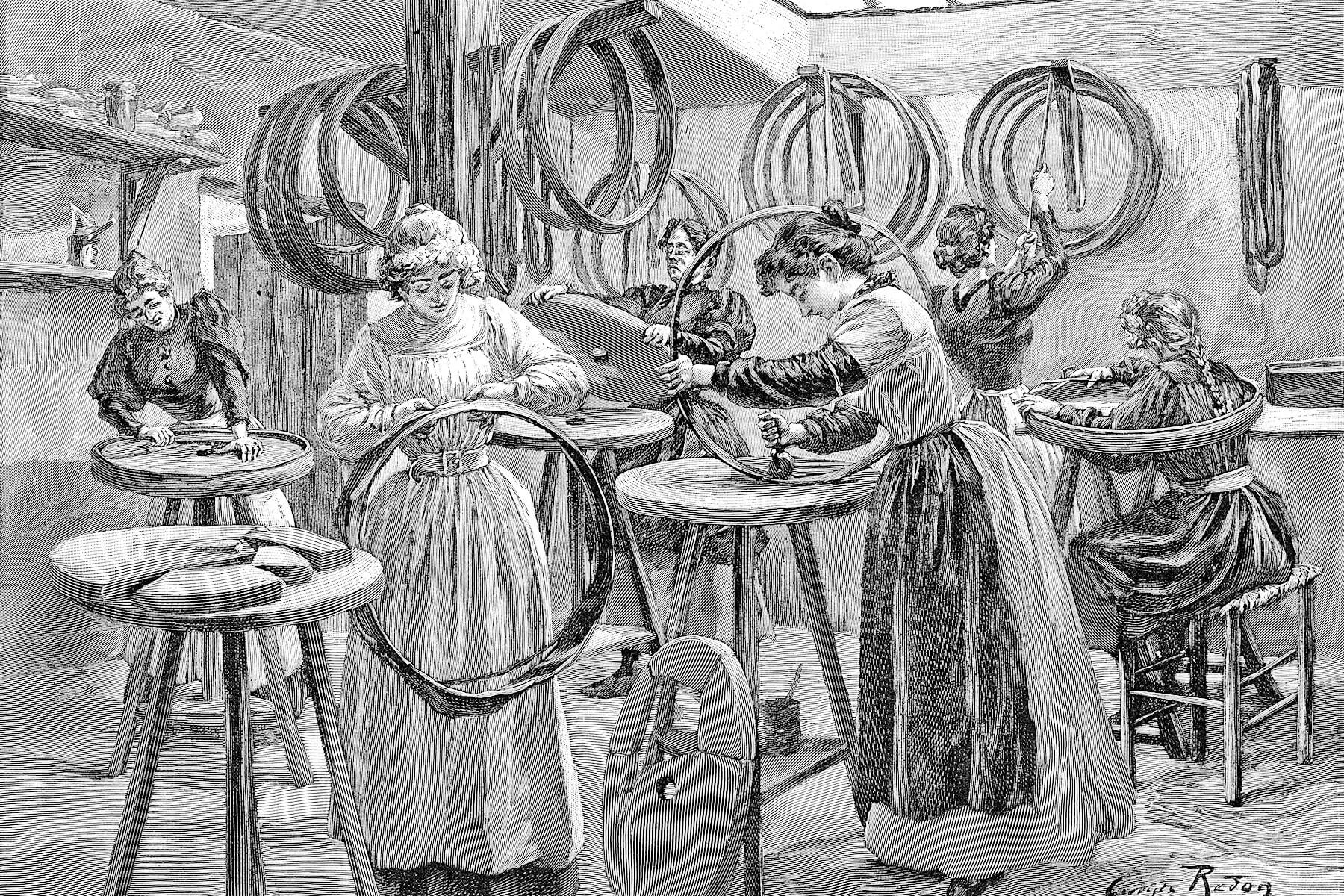 |
Limping was a fad in Victorian England. |
World History |
 |
| |
| After the birth of her third child in 1867, the princess developed a severe case of rheumatic fever that left her with a stiff knee and a pronounced limp, and she sometimes used mobility aids such as walking sticks to get around. It was far from a style choice, but high-society ladies were so eager to imitate her that they even adopted her gait in a trend known as the "Alexandra limp." At first, Alexandra's able-bodied imitators wore mismatched shoes to get the walk, but eventually retailers took notice. Shops started stocking pairs of shoes with two different heel heights to capitalize on the limping craze. Sometimes a walking stick completed the look. Even at the time, the trend was considered in poor taste. "There must be a line at which even fashionable folly may be expected to stop short… at the caricaturing of human infirmity," read a column published in the Scottish newspaper Courier and Argus. Ultimately, the Alexandra limp didn't have the same longevity as thick chokers, and the trend passed quickly. | |
 | |||
| |||
No Time to Hunt? Get Your Easter Goodies Fast! Shop Online and Pick Up at CVS | |||
| Thank you for supporting our sponsors! They help us keep History Facts free. |
 | |||||||||
By the Numbers | |||||||||
| |||||||||
| |||||||||
 | |||||||||
| |||||||||
Victorian dresses were sometimes decorated with real beetle wings. | |||||||||
| Jewel beetles are treasured for their colorful, iridescent wings, which have been used to decorate textiles for centuries in South Asia and Southeast Asia. Beetle wing embroidery spread to Europe via trade routes in the late 18th and early 19th centuries, and by the 1860s, beetle wings were being imported to Britain in the tens of thousands. One of the most famous dresses embellished with jewel beetle wings was created for the role of Lady Macbeth in an 1888 production of Macbeth at the Lyceum Theatre in London; the gown had wings embroidered all over the bodice, skirt, and sleeves, which shimmered under stage lights. Jewel beetle wings are still used in textiles today, and are harvested ethically after the insects complete their natural life cycle. | |||||||||
 | |||
Recommended Reading | |||
 | |||
| | |||
 | |||
| | |||
| + Load more | |||
| |||
| |||||||||
| Copyright © 2024 History Facts. All rights reserved. | |||||||||
| 700 N Colorado Blvd, #513, Denver, CO 80206 | |||||||||





No comments:
Post a Comment